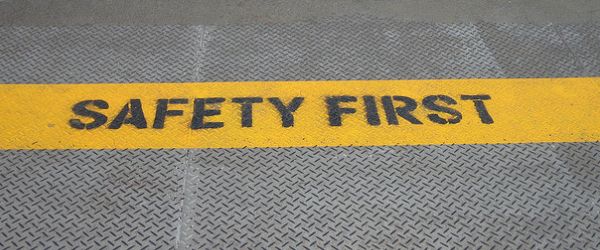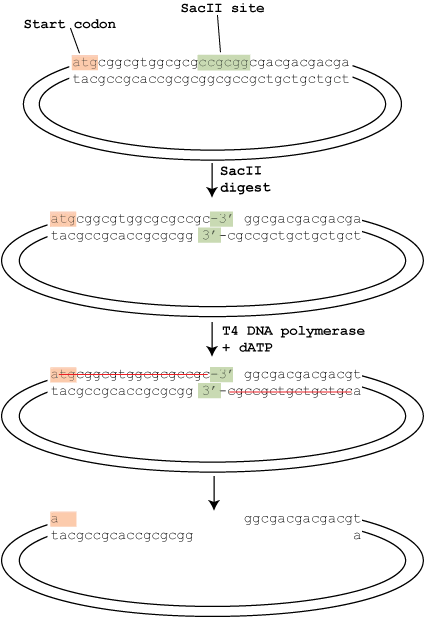TAE or TBE, which is best? Well, of course, it depends on what you want to do. Here are the pros and cons of both:
- TBE (Tris-borate-EDTA) is a better conductive medium than TAE (Tris-acetate EDTA) so is less prone to overheating so use TBE for long runs
- Borate is an enzyme inhibitor so TBE is not a good buffer to use if you will be isolating the DNA for downstream enzymatic steps. For example, borate carry-over could affect your ligations, so use TAE instead.
- Acetate gives improved separation of large DNA fragments
- On the other hand, borate resolves <2kb fragments better, so use TBE for smaller fragments
- And finally, TBE is reputed to give nicer bands than TAE (although I’m not sure why – does anyone know?)
But you might be better of using neither of these buffers. Despite the fact that they have been firmly established as the most popular buffers for DNA electrophoresis since their emergence in the early 1970s, TBE and TBE are not really optimised for the job and have a lot of disadvantages.
Borate and acetete are simply carry-overs from earlier work on protein electrophoresis buffers upon which the technology of DNA electrophoresis was built. And while the reasons that Tris was chosen as the primary cation by early pioneers of DNA electrophoresis are not clear, the draw-backs certainly are. As well as being expensive, Tris-based buffers are not ideal for DNA electrophoresis because, even under optimal conditions, they are prone to a temperature-current feedback loop that causes the solution, and therefore your gel, to overheat. And finally, EDTA is a relic from RNA electrophoresis, which has been unecessarily retained in DNA electrophoresis buffers.
In an earlier article here on Bitesize Bio, Bala described new and improved DNA electrophoresis buffers developed by scientists at John’s Hopkins University. These are optimised for the job and are faster, cheaper and less prone to overheating than TAE and TBE.
For more information on this, check out this article, which details the history of DNA electrophoresis buffers and the development of the new buffers. The authors of this paper (and the inventors of the new buffers) have started a company called Faster, Better Media to manufacture and distribute the buffers.
So what do you normally use; TBE, TAE, or something else?





